When the Rangers are invited to hold an educational event or session, there is often no particular subject or theme in mind, the group (which may be a school class or a community group) usually let us bring something to them, things which we hope they will find interesting or relevant. We will then spend time thinking about what would be appealing, suitable and meaninful. We then consider such things as seasonality and the form of the session – it may be theoretical or practical or both, it could be in person or online, it could be (hopefully) outdoors at a site or even better - on a carefully planned walk route. Either way we spend quite a bit of time creating the best experience we can in the hopes that participants will enjoy learning about our natural world as much as we do!
Paul and I were asked to hold such an event for John O’Groats Mill Trust (Caithness) in September last year. The Mill is currently being carefully restored and aims to be open to the public in 2025.
The High Life Highland Countryside Rangers have been involved in delivering children’s nature sessions for a wee while now as part of the Mill restoration project. This time an ever-popular pond-dipping session was requested.
Now to decide what to bring focus to at the event… as we talked about findings from previous pond-dipping at John O’Groats Mill, Paul mentioned that one of the volunteers, Mr Rognvald Brown, had thought he may have seen an eel in the pond. When Paul went on to explain that this could be likely, I asked more about how it would have made its way to this pond, he replied that as a migratory species, it would have come from the sea and up the burn – seeing that I was intrigued and without knowledge on the subject, he began to recount the life cycle of the European Eel.
A peep into the realm of a Countryside Ranger is a treat to say the least, as soon as you land on a subject of interest the Ranger comes to life - excitedly imparting facts, referencing literature and photographs, and sharing treasured tales of personal encounters.
As Paul talked of the eel’s incredible journeys at the beginning and end of its life, told of those threats and the sad decline in numbers, then fondly remembered tales of friends discovering eels in ditches on local farmland - I was fascinated and inspired. I decided there and then to spotlight the European Eel at the Mill event.
The European Eel (Anguilla Anguilla) is a mysterious creature, for many hundreds of years people could only guess at its life cycle and several strange suppositions were made about where they came from, however in the early 1900s, a Danish researcher named Johannes Schmidt narrowed down the most likely spawning ground to the Sargasso Sea between Cuba and Bermuda. European Eels are Catadromous which means they will spawn/hatch in the sea and then migrate to fresh water to feed and grow.
Once spawned, the eggs are carried Eastward by the Gulf Stream. Whilst drifting along on this 5000km+ journey the eggs hatch into willow leaf-shaped larvae known as leptocephali. As they approach the continental shelf, the eel larvae transform into miniature transparent eels called "glass eels". They arrive in Scotland around the end of the year but as the water is still very cold in the rivers they wait offshore for a full moon in spring.
The spring tides and warmer temperatures prompt the eels to enter the freshwater systems and their bodies adapt to their new environment. Now known as elvers, their salinity preference changes, and their colour darkens to help with camouflage, they breathe through gills but also through their skin. A slimy mucous coating develops which offers protection from disease and contains a toxin to deter fish predators (but this does not affect birds or mammals), the mucous coat also helps the eel squeeze into tight spaces. These elvers determinedly travel upstream, navigating obstacles and even travelling over land if required to reach their chosen habitat which could be a mudhole or a burrow, or a crack in the riverbed.
Once settled, the elver will change again into a yellow eel, it will remain here until it reaches sexual maturity, this may take as little as 4 years (as in SE England) or as many as 80 years (seen in NW Scotland) depending on environmental conditions such as food availability (which varies but includes insect larvae, small fish and fish eggs), pH of the water, oxygen levels, temperature etc. In colder climates they may hibernate over winter.
Andy Summers, our Senior Ranger told me:
“I was told some in the northwest were over 100 years old, indeed there is some suggestion that in deep cold-water lochs such as Loch Ness some of the eels might stay there for an indeterminate time. Nobody knows what triggers an eel to suddenly turn into a silver eel and head out to sea for the last time. Temperature and food are obvious factors, but nobody really knows.”
An eels age can be determined (postmortem) by examining bones in their ears called otoliths, which have rings like those of a tree called annuli. European Eel breeding stock is known as panmictic (all from one source) so these older generations of eel may be important ‘gene banks’ for years previous when most others of the same generation were ‘fished out’.
The yellow eel is crepuscular which means they are most active at dawn and dusk; they feed and grow (they can reach over a metre in length). When they reach around 30cm long the sex will be determined – this depends on the density of eels in the area, where there is less space there will be more females.
When the eel is ready it will change one last time into a silver eel, the skin colour changes to black and silver; the eyes and pupils become much larger, the eel stops eating, instead living on its reserves – eventually it will self-digest it’s own gut!
The eel then makes its way to the sea on a moonless night in Autumn, commencing its 6–7-month migration through deep (200m+) water back to the Sargasso Sea where they will spawn only once (described as semelparous), the female lays between 2 and 10 million eggs which are fertilised by sperm in the water. The eel dies and the cycle begins again.
The West Sutherland Fisheries Trust says of European Eels
“Due to the eels multiple interactions with the surrounding ecosystem, eels are considered to be an important nutrient flux and a keystone species, supporting important and protected species.” WSFT eel fact sheet.
Eels represent an important food source for birds and mammals. Humans have relied on them as a food source for a long time, the skins were used for leather, and they have even been used as currency in days gone by. Eels store toxins in their fatty tissues, therefore they can help determine levels of pollutants in the environment and in turn determine location.
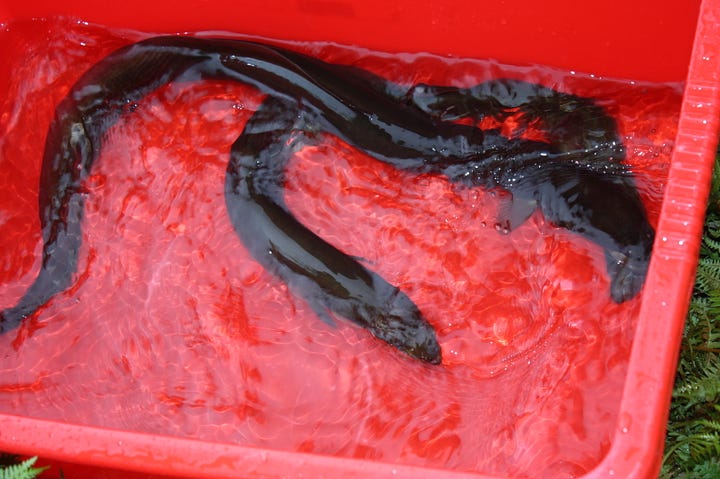
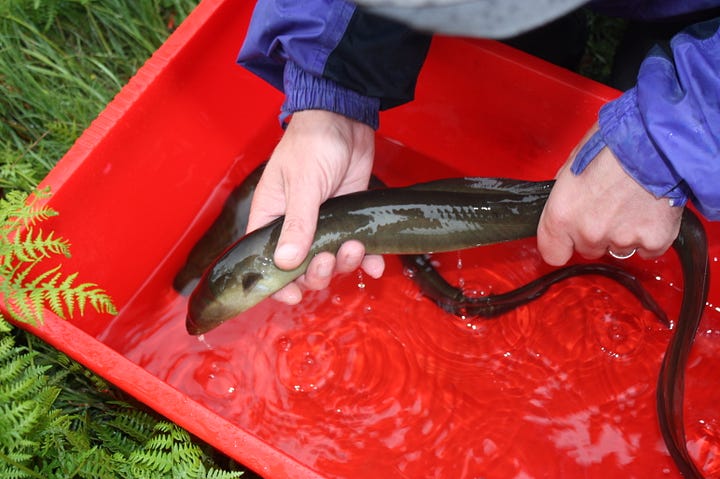
The European Eel is ‘Critically endangered’ on the IUCN Red List. Scottish eel numbers are thought to have dropped by over 90% since the 1990s. Eels have been overfished for a long time and are still under threat from overfishing, illegal fishing and trade though there are measures in place to protect and conserve this now rare species.
Climate change is another factor threatening the eels – the temperature changes associated with the Northward shift of the Gulf Stream are thought to affect gonad development. Pollution, habitat destruction, and barriers to upstream or downstream migration including hydroelectric dams all add to the eels’ fight to survive.
Eels may be elusive, but as we discovered at the John O'Groats Mill, they are also essential indicators of the health of our waterways and a unique link in Scotland’s ecosystem. The story of the European Eels decline reminds us of the interconnectedness of nature and the vulnerabilities that even the hardiest creatures face. While their journeys through burns and rivers may largely go unseen, every eel that makes it upstream is a treasure to be protected and admired.
This interesting article from the UK Government outlines a simple solution implemented to eels struggling to navigate obstacles (weirs) on the Thames River and reports ‘a 750% increase in the numbers of this critically endangered species navigating the weir’.
Paul’s stories about eels reminded me the future of eels relies on both awareness and action. Simple interventions, like the creative solutions being tested on the Thames, show how small changes can have an enormous impact. The European Eel has traversed millennia and thousands of miles, yet today, it urgently needs our help to continue that journey.
In our role as rangers, we cherish opportunities to share these remarkable life cycles and the stories of these Highlands creature. We work to protect habitats where such creatures, big and small, thrive. As you explore the Highlands, take a moment to imagine these long-travelled eels beneath the surface of the water; they are more than ancient wanderers, they are guardians of our waterways, waiting only for the chance to survive. I must give credit to my colleague Paul Castle, Ranger for North Caithness and North Sutherland for inspiring me to take on the plight of the eel and give it a voice.
Please help them and us simply through re-telling their remarkable story, and speaking with others of their plight. Perhaps in this way they may yet live to thrive once again in our waters.
Patti Bremner, the Countryside Ranger for East Caithness, is passionate about the natural world and has a unique ability to engage and inspire others with her locally aquired knowledge. With a deep-rooted desire to educate and cultivate communities that care for their environment, Patti brings a compelling and accessible approach to conservation. Her work is driven by a commitment to helping people to learn more about native highlands wildlife, ensuring that the beauty and diversity of East Caithness are preserved for future generations.


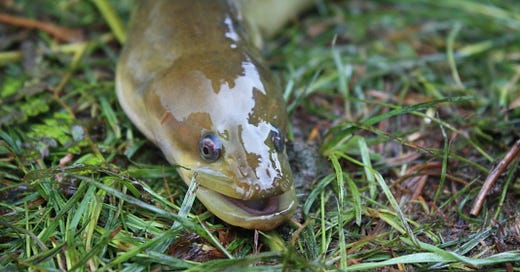

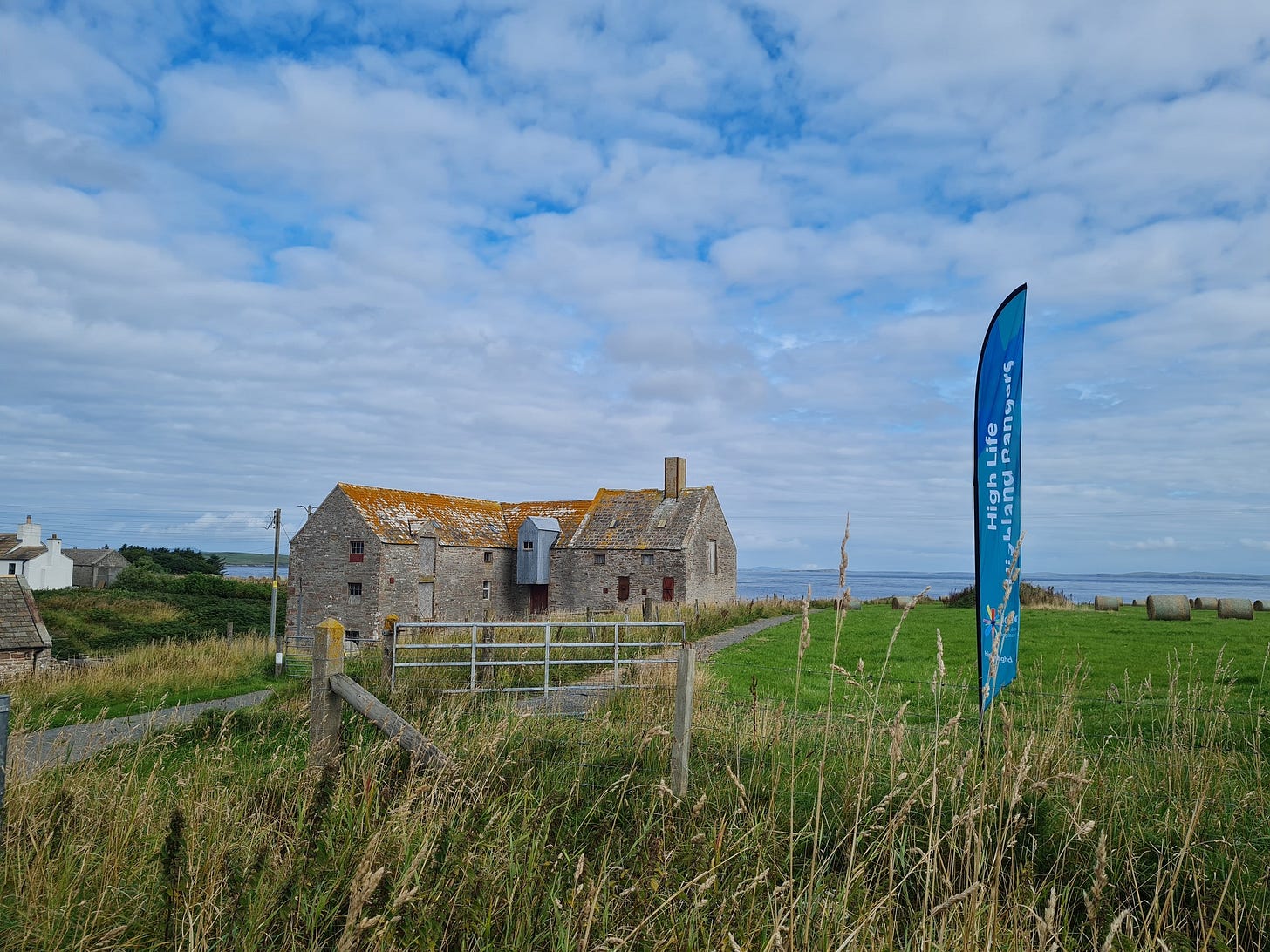


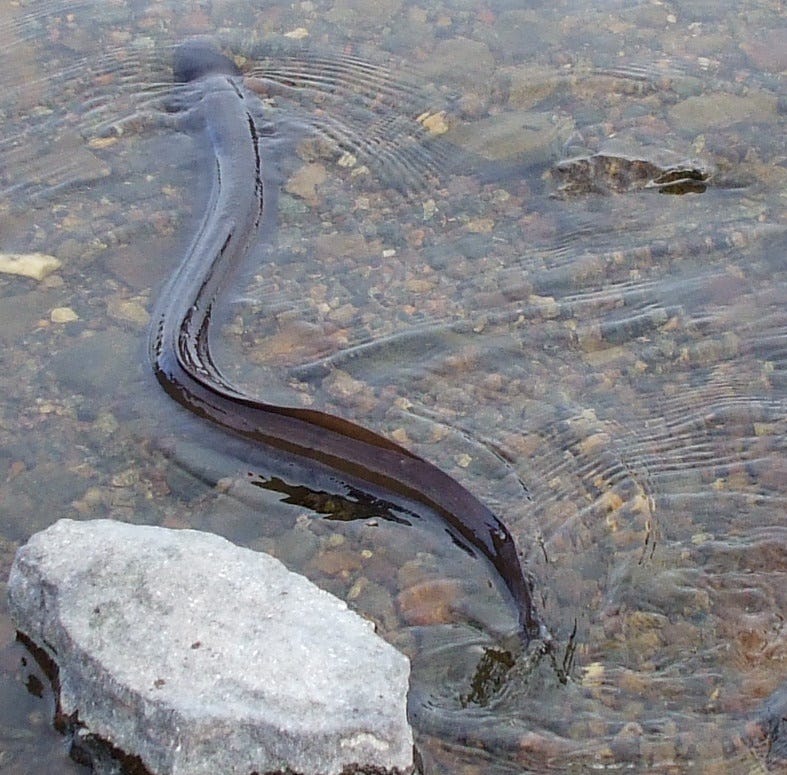
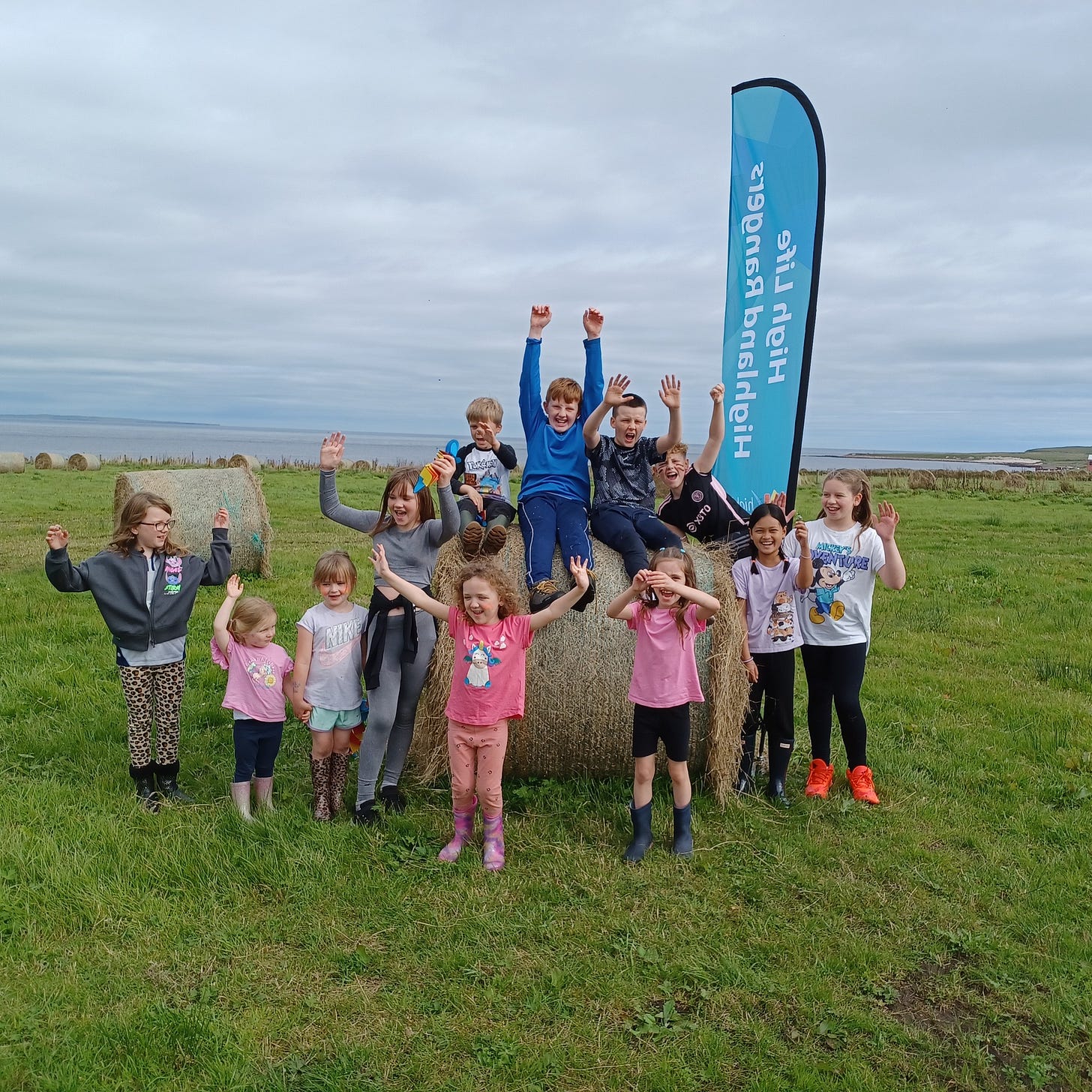

Fascinating. I know next to nothing about eels and this was really interesting. Thank you!
Nice work